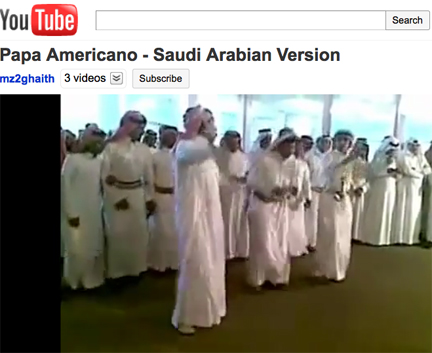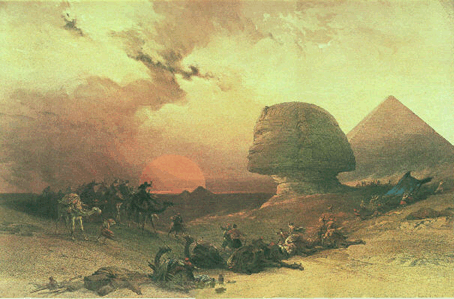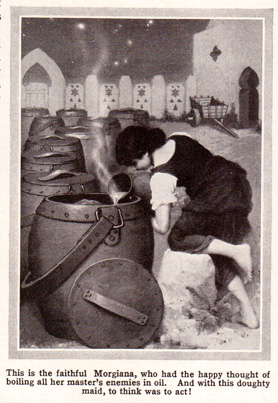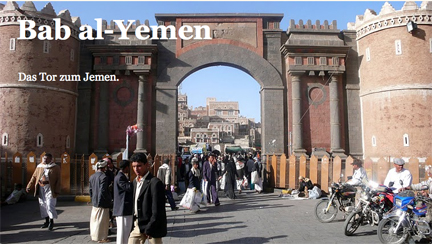
Over at Waq al-Waq there is an excellent commentary by Greg Johnsen on the situation in Yemen, responding to a “think tank” report from people who really do not know Yemen very well (or apparently want to know it in a certain way). Here is the start…
Late last week Frank Cilluffo and Clint Watts released a policy brief from George Washington University’s Homeland Security Policy Institute entitled “Yemen and al-Qaeda in the Arabian Peninsula: Exploiting a Window of Counterterrorism Opportunity.â€
My in-box quickly filled up with helpful people sending me copies of the report, I have now had time to read it and digest and my thoughts follow below.
(Note:) I don’t know Frank Cilluffo but I do know and respect Clint and he has seen a copy of my rebuttal here prior to posting.
For those who are faithful readers of Waq al-waq it should come as no surprise that I strongly disagree with the report and its conclusions. I think this is what happens when smart people tackle a complex problem in an environment they don’t know particularly well. The report, in my opinion, is full of assumptions that make sense broadly but break down the closer one gets to Yemen.
Obviously there are parts of the report I agree with, and many other places where well-intentioned people can disagree.
(Quotes from the paper are in italics; mine are in regular caps.)
Assumption 1: AQAP suddenly stronger this month
“This week’s escape of 63 suspected al Qaeda in the Arabian Peninsula (AQAP) fighters from a Yemeni prison exemplifies how President Saleh’s departure to Saudi Arabia and Yemeni instability embolden this lethal al Qaeda affiliate.“
I’m pretty sure that AQAP was emboldened prior to Salih’s departure, the group has been incredibly active in Yemen recently and I would argue that largely as a result of US air strikes between December 2009 and May 2010, the organization is actually stronger now in terms of recruits than it was when it dispatched the so-called underwear bomber who tried to bring down the airplane over Detroit on Christmas Day 2009.
Assumption 2: Huthis and Southern Movement are responsible
“In recent weeks, the writ of government in Yemen has evaporated under the twin strains of the Houthi rebellion in northern Yemen and the Secessionist movement in southern Yemen.â€
This is simply untrue – the writ of Yemen’s government has evaporated under popular protests. The Huthi rebellion has been ongoing since 2004 and the Southern movement since 2007 – neither of these are new, and neither of these are the cause of the recent collapse.
For Greg’s full commentary, click here.







